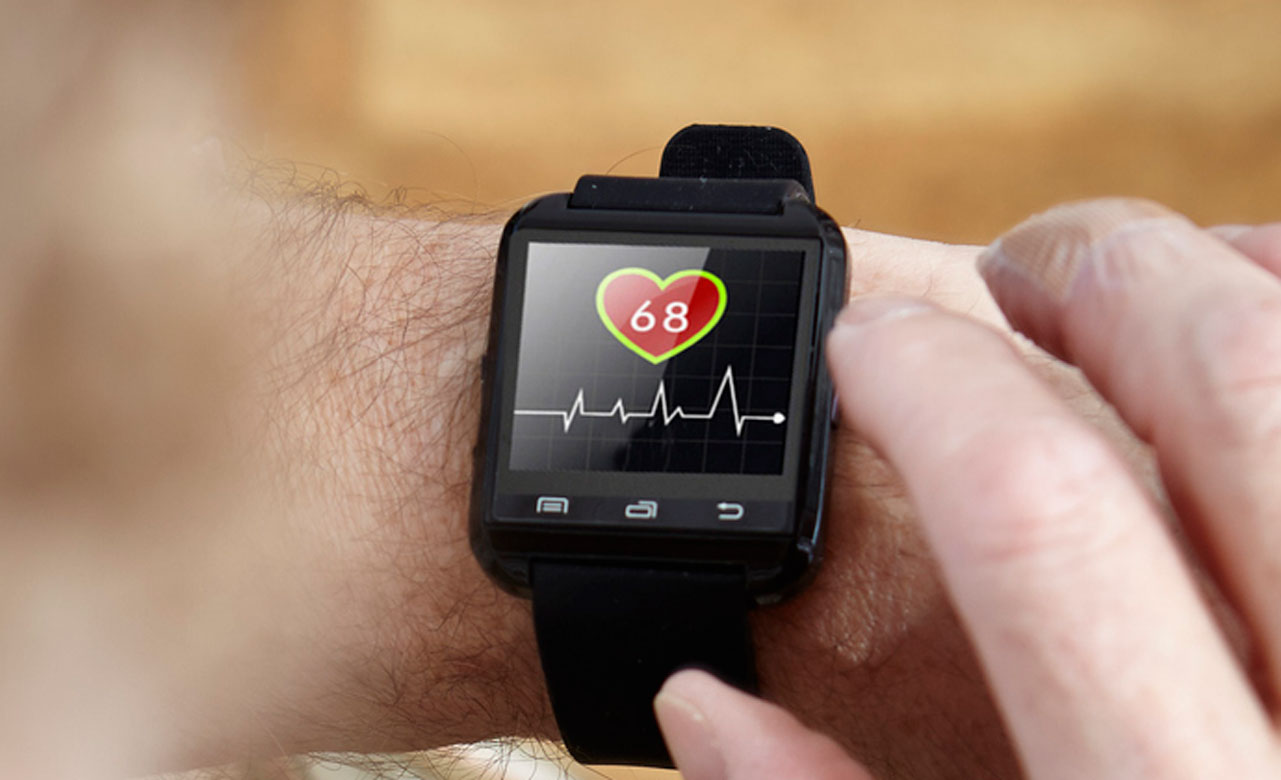Clarissa Chan, PharmD

“Artificial intelligence (AI) is going to seriously disrupt medical practice over the next 5 to 10 years,” said Steven Charlap, MD, MBA, founder and CEO of SOAP Health, an AI-powered artificial digital human assistant that identifies, verifies, and simplifies patient-reported data collection, risk assessment, and electronic delivery.
Like physicians, pharmacists face many challenges including decision fatigue and burnout. “I like to joke that doctors don’t need better technology. Technology needs better doctors who are trained to use technology more effectively and efficiently,” said Charlap.
With advances in conversational AI, generative AI, and machine learning, computers may soon provide tools to help health care professionals make better medical decisions so they can focus on the patient, Charlap said.
Importance of actionable data
“I don’t know how many physicians have asked for the data that come from most wearables,” said Charlap. “Doctors don’t have time to process the information patients fill out on written forms. How are they meant to process these huge amounts of data until clear indications emerge to help inform medical decision-making? Most wearable data is limited in usefulness, but this will evolve.”
Data from wearable devices often are not actionable. “There’s nothing magical about 10,000 steps. Contrary to popular opinion, there’s no study that shows that 10,000 versus 9,000 versus 11,000 steps makes any ultimate difference in your health,” said Charlap. “So I think people are attracted by the novelty, but then they get tired of it.”
Understanding and evaluating data
“The downside to OTC [ECG] devices is that patients are often anxious when they receive a notification indicating AFib. False positives are not uncommon. Devices may not be working effectively,” said Brittany Messer, PharmD, CTTS, AACC, cardiology pharmacist at Marshall Health in Huntington, WV. “Patients may panic thinking they are in danger when the heart is actually functioning properly. Proper diagnosis and follow-up with a physician is necessary to confirm an abnormal heart rhythm.”
Health care providers will need to know how to use data—how to process, analyze, and understand it. “Other than looking at bloodwork, pathology, and radiographic results in medical school, I don’t know that medical school teaches a course on data processing. Most physicians aren’t even taught how to read a research paper,” said Charlap.
Over 100 years ago, physicians didn’t use blood chemistry testing to make diagnoses. In fact, they thought it was worthless because they didn’t know how to correctly use laboratory testing. And now it’s an indispensable part of medical practice, Charlap noted.
“Why? Because it took time for them to learn how to use it, and later the results became more reliable and the reference ranges of normal and abnormal were better defined. [For example, they learned a] white blood count above 11 was indicative of infection, with an even higher count possibly indicating cancer,” he said. “If someone didn’t know what it meant, it meant nothing.”
Continued improvement in technology and society adapting
“People tend to think linearly, when in fact innovation is constant and ongoing and evolving,” said Charlap. “There will be problems, there always are. And for every problem, people will come up with solutions.”
When the first portable ECG machines that had computer analysis came out, Charlap said the analysis was not up to par and physicians by and large ignored them. They used the portable machine to generate the ECG, but then still did manual measurements. Today, machines are exceptionally good, and people rely on the output. This will be the case for tomorrow’s wearable technologies, Charlap said.
For now, “patients with an unknown heart arrhythmia [who may wear] OTC [ECG] devices can detect episodes of atrial fibrillation, which is the most commonly reported arrhythmia I hear patients report,” said Messer. “It is vital that patients see a medical provider to see if they, in fact, are in AFib.” With these [wearable OTC] devices, patients can proactively take action to get further workup for an accurate diagnosis and to prevent adverse events like strokes.
In the future, people may wear sensors in the form of patches or injections that collect far more accurate and actionable data such as blood glucose levels, metabolic rates, and waste products—but today’s wearables are more of a passing fad, said Charlap. ■